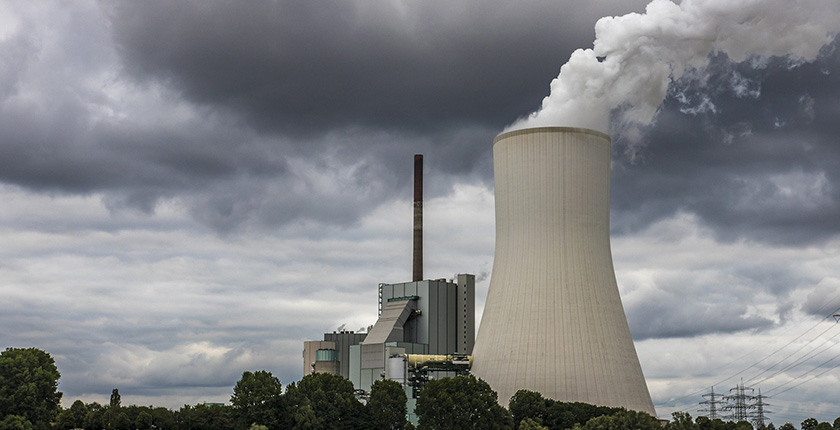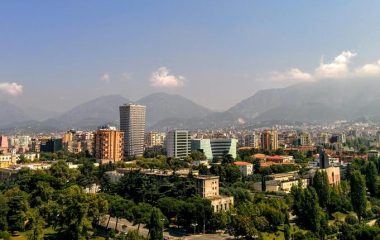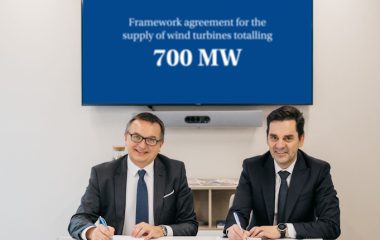
Photo: Pixabay
Every major development finance institution (DFI) is now committed to ramping up support for green energy, with 99 percent of internationally available development finance committed to reducing or ending coal finance support, reads a study published by the Boston University Global Development Policy Center.
The document called Lights On: The State of International Development Finance, Coal and Green Energy analyses the actions of development finance institutions after two major pledges made by China and the G20. Development finance institutions, including the EIB, KfW, and IBRD, are predominantly owned by national governments.
China has announced it would stop developing new coal power projects outside of its borders, while the G20 on October 31 also committed to ending finance for coal-fired power plants overseas.
The study charts the commitments made across DFIs up to November 1, analyzing how they affect the scope of available development finance and outlining policy recommendations for borrowers and lenders alike.
Two Chinese banks are the largest international public financiers of coal power generation
According to the study, China’s announcement has dramatically reduced the available development finance for coal power, keeping in mind that the China Development Bank and the Export-Import Bank of China are the largest international public financiers of coal power generation.
This year’s progress culminated in the October G20 summit when member countries committed to end their support for overseas coal power. The study underlines the commitment includes South Africa and South Korea and that they have significant overseas power finance portfolios.
The G20 commitment includes South Africa and South Korea, which have significant overseas power finance portfolios
Assets of the DFIs with commitments, policies, and assistance programs to reduce coal energy now account for the vast majority of the combined assets of all DFIs considered, the study’s authors stressed. As financial institutions that provide risk capital to support economic development policy goals, DFIs play a major role in enabling access to energy in developing countries, they added.
The remaining DFIs without commitments to end coal finance include the Development Bank of Latin America (CAF), the Islamic Development Bank (IsDB) and the New Development Bank (NDB).
However, major shareholders of these banks, including Brazil, China, India, Russia, Saudi Arabia, and South Africa, joined the October 2021 G20 commitment, which may signal future reforms at the remaining DFIs, the analysis underlines.





















Be the first one to comment on this article.